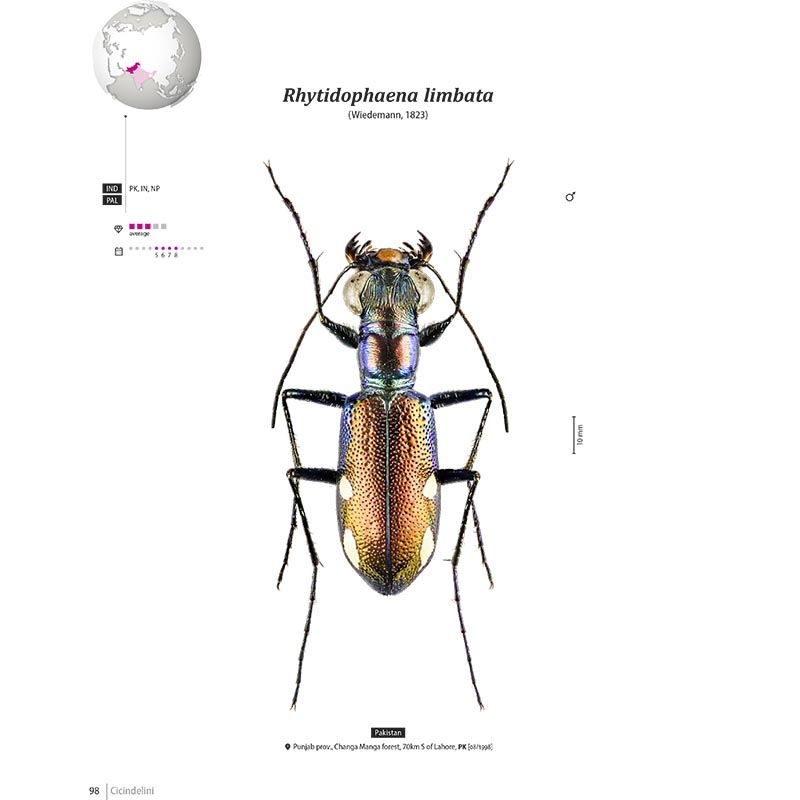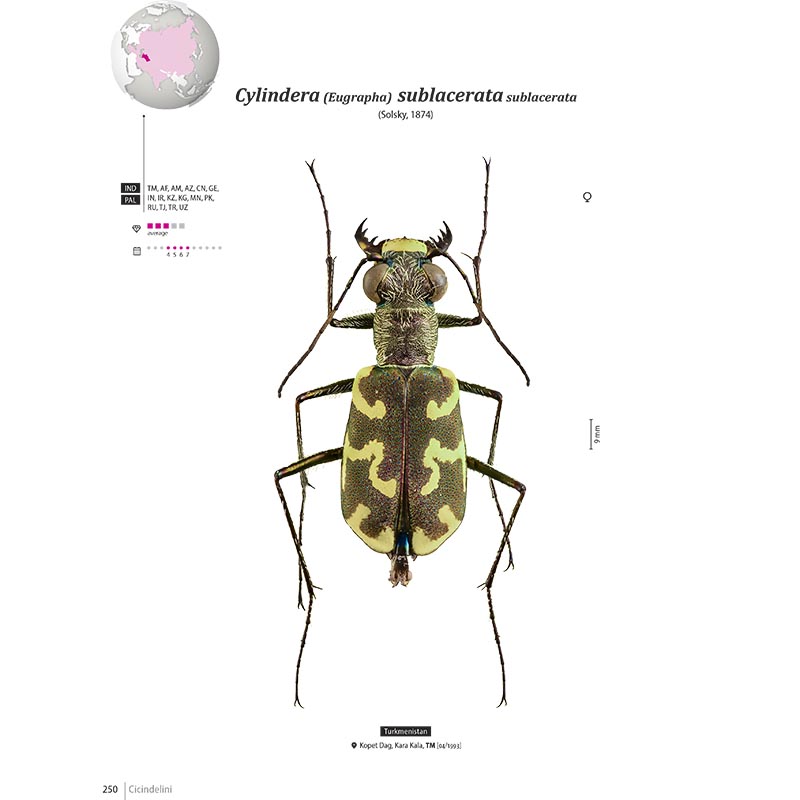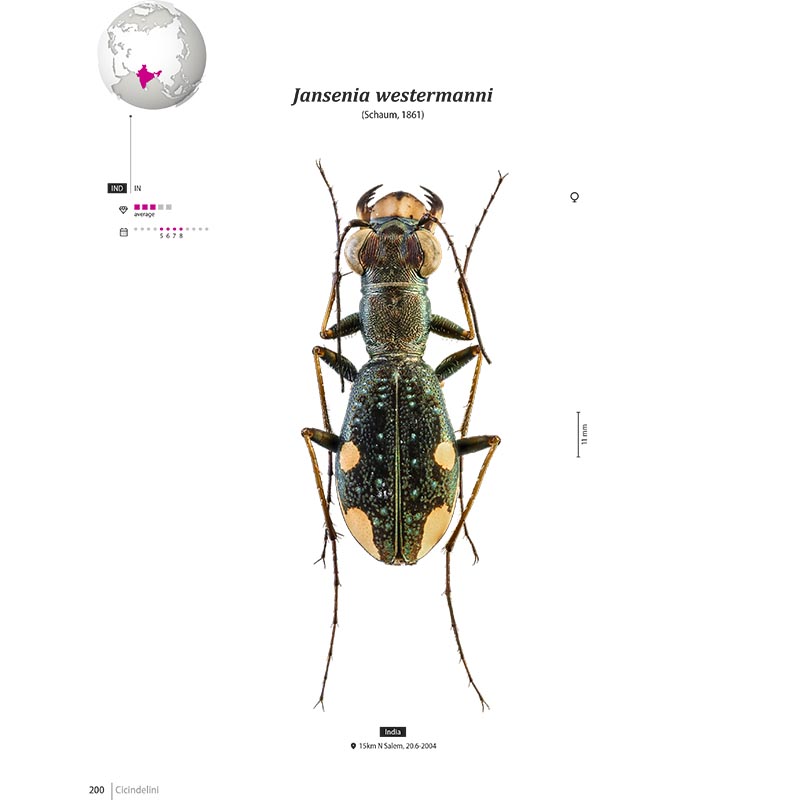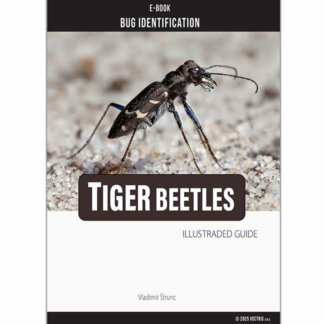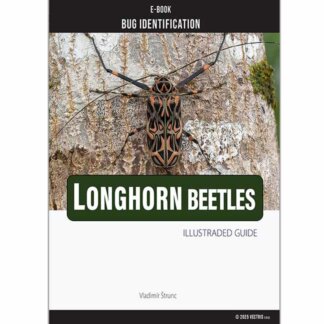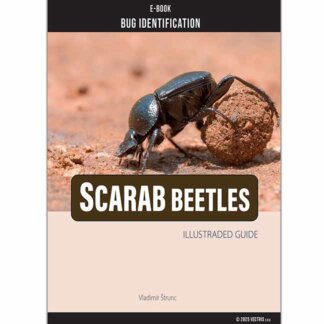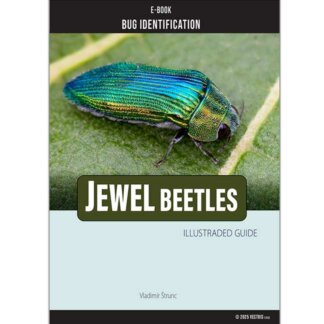Unique pictorial atlases for identifying Beetles. Tiger beetles are voracious predators with a diverse diet consisting primarily of small insects and spiders. Their prey includes:
Beetles
Tiger Beetle diet
Tiny insects (most common)
Flies
Ants
Wasps (less common)
Spiders (less common)
Caterpillars
Grasshoppers
Beetles (including other tiger beetles)
We recommend:
jeweled beetles, ground beetles, longhorn beetles, goliath beetle, stag beetle, carpet beetles
Books about Beetles
Unique pictorial atlases for identifying Beetles:
(2020) Tiger Beetles of the World, Cicindelidae, Illustrated guide to the genera
(2023) Tiger Beetles of Africa, Cicindelidae, Geographical guide to the family Cicindelidae
(2024) Tiger Beetles of Orient, Cicindelidae, Geographical guide to the family Cicindelidae
(2022) Ground Beetles of Africa, Afrotropical Region
(2022) Jewel Beetles of the World, Buprestidae, Illustrated guide to the Superfamily Buprestoidea
(2008) The Prionids of the World, Prioninae, Illustrated catalogue of the Beetles
(2010) The Prionids of the Neotropical region, Prioninae, Illustrated catalogue of the Beetles
Both adult and larval tiger beetles are active hunters. Adults use their incredible speed, agility, and powerful mandibles to chase down and capture prey in open areas. They sprint after their targets in short bursts, running and stopping repeatedly.
Larvae, on the other hand, are ambush predators. They secure themselves in vertical burrows using hooks on their fifth abdominal segment and wait near the entrance with their large heads and sickle-shaped mandibles ready to strike. When prey approaches, the larva quickly grabs it and pulls it into the burrow to consume. Tiger Beetle diet
Tiger Beetle diet
Tiger beetles play a crucial role in controlling insect populations and maintaining ecosystem balance. Their diet and hunting behavior make them important predators in various habitats, including sandy beaches, open fields, grasslands, hiking trails, and riverbeds.

